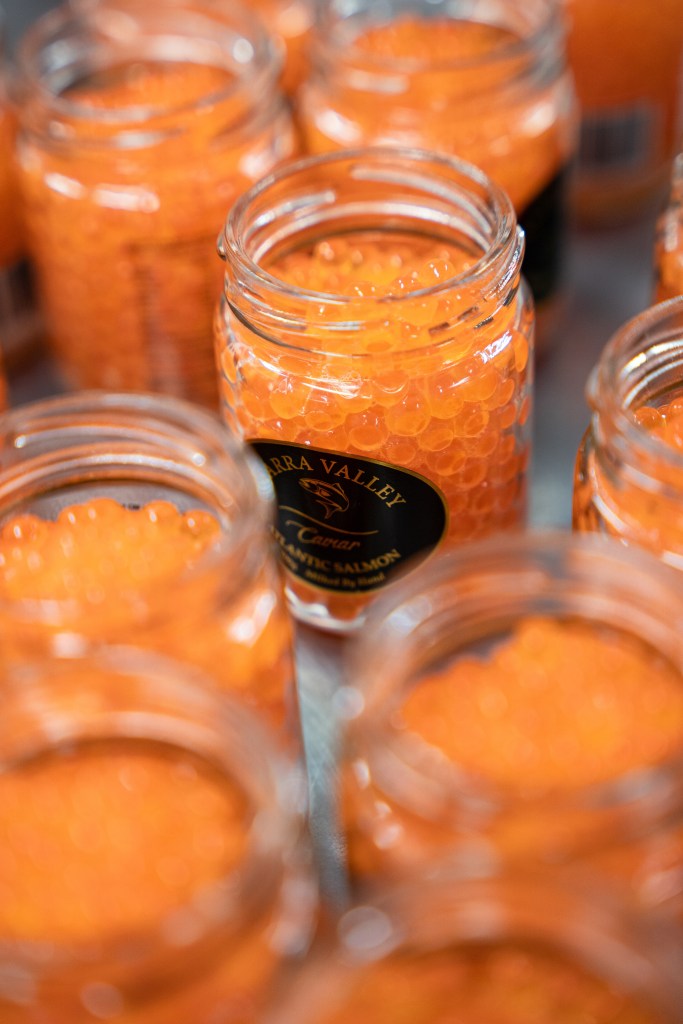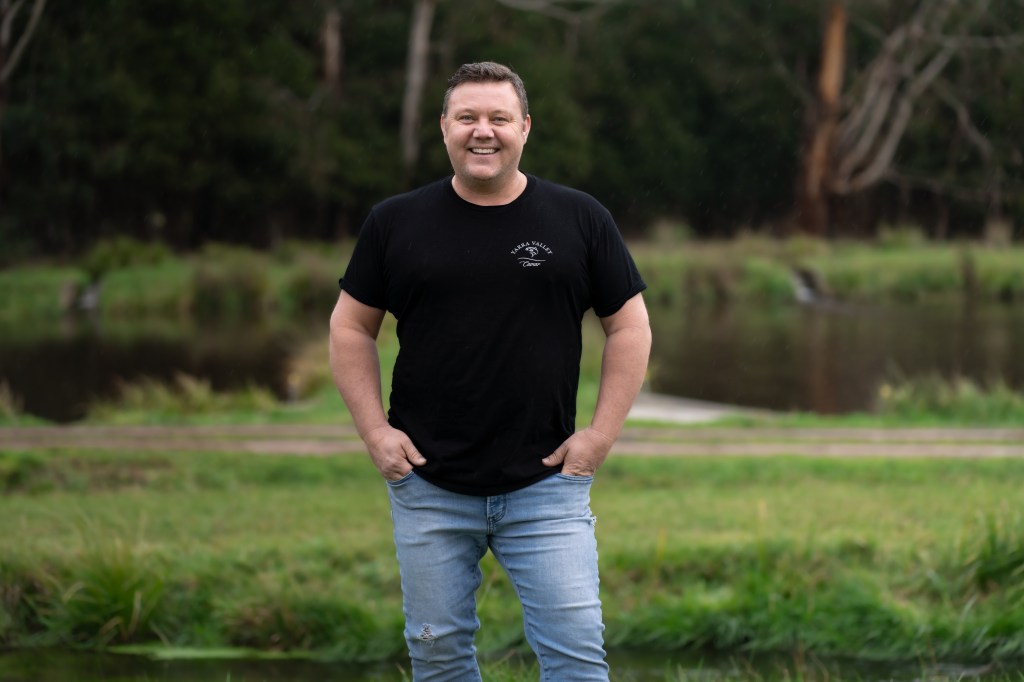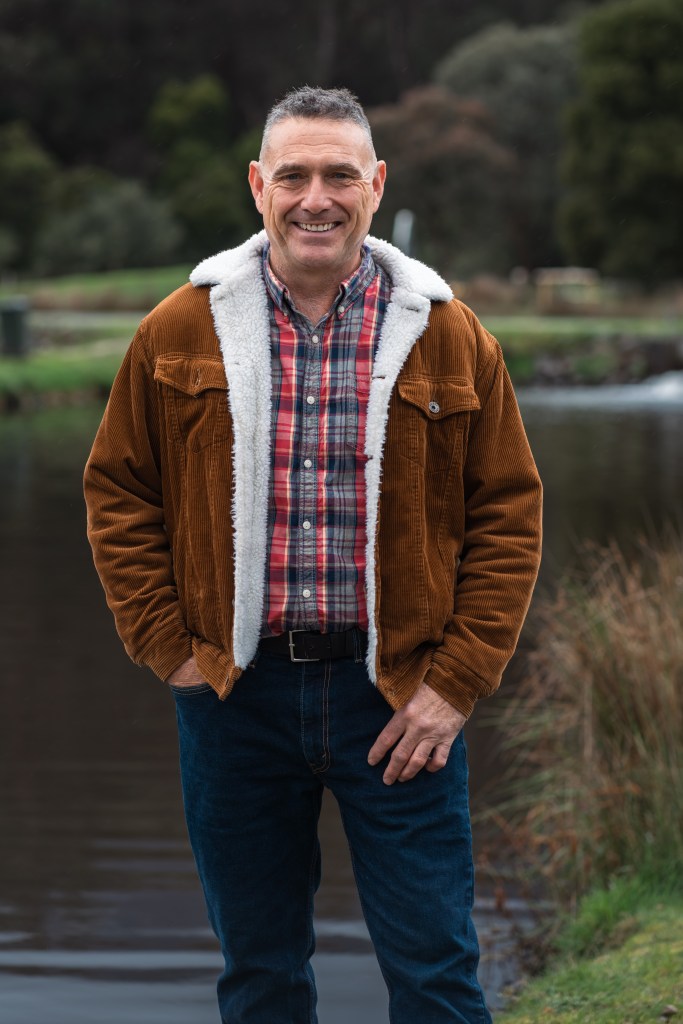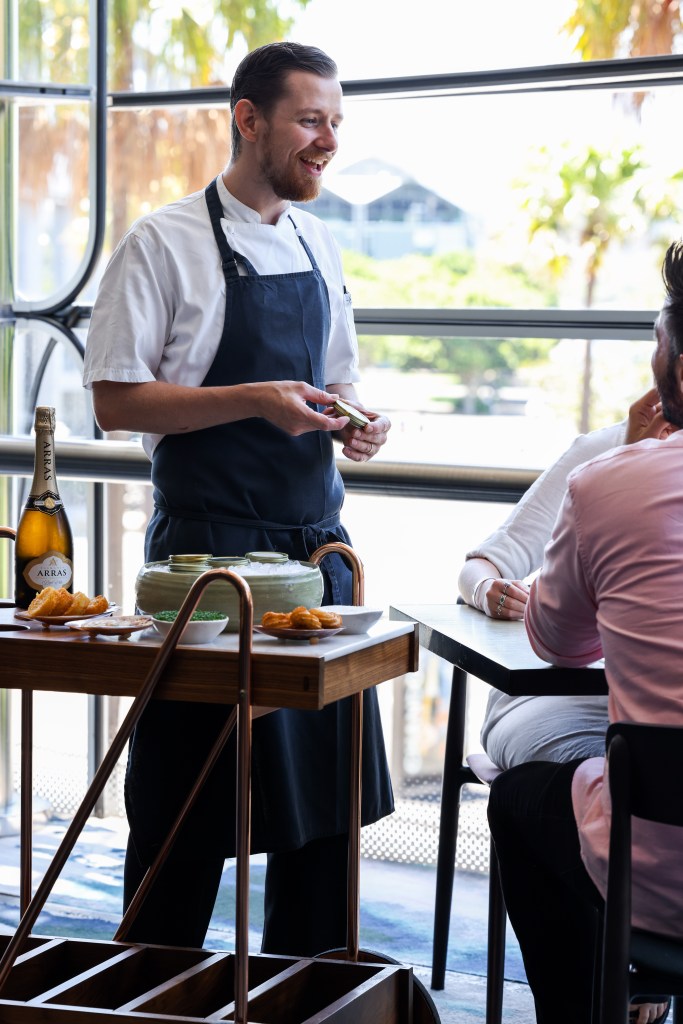How Yarra Valley Caviar is scaling fish roe, one egg at a time.

Nick Gorman doesn’t know why caviar sales are soaring. “I’m not sure if people have figured that: ‘Life’s short. Just eat some caviar’.” Whatever, his Yarra Valley Caviar has grown from four tonnes of fish eggs a year in 2006 when he first started working there, to 30 tonnes last year when he and fellow aquatic science graduate Mark Fox bought the company.
What does 30 tonnes of fish roe look like? It’s about 60 full pallets. At about $280,000 a tonne, there are a lot of eggs in that basket. And on top of that, they’ve also grown their black caviar imports to a tonne a year.
Life might be short, but not so short for the fish. Yarra Valley is Australia’s only fish farm where the stock is bred for their eggs, not their meat, allowing the fish to be put back into their ponds and go on to live long lives, as opposed to being a byproduct of a fish-meat business. The 70,000-odd salmon and trout are “milked” during an intense four weeks in May and June, says Gorman.

It’s a process resonating with top chefs around the country, with establishments such as BKK at Her and Freyja in Melbourne, Garcon Bleu in Adelaide, Arturo’s, Oncore and Flying Fish in Sydney all-embracing the products.
Yarra Valley Caviar has two farms. Fox lives at the larger, original farm at Rubicon in central Victoria, and Gorman lives at the new one in Murindindi to the west.

Each year Yarra Valley Caviar gets about 50 backpackers in for the milking season. “We anaesthetise the fish with medical-grade clove oil,” says Gorman. “You dip them in it for a minute, and they roll over on their side; you then grab them out, squeeze out the eggs and put them in another tub with medicated oxygen to revive them. And when they’re swimming again, you put them back in the ponds.”
The fish produce about 15% of their body weight in eggs, so a 3kg fish gives 450g of roe. “By the middle of May, their tummies are bursting,” says Gorman. “You don’t need to apply much pressure. There’s a skill in getting all the roe out without damaging their organs. We focus a lot on training the staff before we begin. If they’re mishandled, they’re less likely to recover. We work on a 5% mortality rate which is pretty good by industry standards. It’s a focus to look after the fish.”
They don’t selectively breed for egg production, but Gorman has seen natural selection at work as the cold-water fish adapt to increasingly hot summers. “We’ve observed the fish have become more tolerant to warm waters. Salmon don’t like warm water. It can get to 24 degrees Celsius here. Salmon like four degrees. We’ve noticed there’s been less stressing of the fish in those heat extremes than there was ten years ago.”

Yarra Valley stock Atlantic salmon, rainbow trout and brook trout. They export to nine countries, and they recently got accreditation to sell into the EU.
Gorman is aware the purists will jump on him if he bandies the word “caviar” around, so he tends to call the product “salmon pearls”.
“Strictly speaking, black caviar from sturgeon is ‘caviar’, but I think we can get away with ‘salmon caviar’. We import black caviar from Uruguay. We’re not allowed to grow sturgeon in Australia – and even though the business is Yarra Valley Caviar, I figure we can justify the name now that we sell so much of the black caviar as well.”
Flying Fish’s Adam Hall has been showcasing Yarra Valley caviar in a $350 tasting plate since he took the reins at the Sydney Star restaurant last year. “Once I became the executive chef, I started steering Flying Fish back into focusing on sustainable Australian seafood. I’ve always used Yarra Valley products, but I wanted to put them on a pedestal for the amazing product that it is.”

He has included five of Yarra Valley’s products and recommends his diners eat them in this order: Premium First Harvest Salmon Roe, Rainbow Trout Roe, Brook Trout Roe, Truffle Infused Brook Trout Roe and Smoked Salmon.
He says the salmon roe gives more texture and pop than traditional sturgeon caviar, with a creamier, softer flavour. “Some people don’t like the sturgeon because it’s quite strong. These are a bit more palatable.”
“Caviar gets that reputation of being a luxury ingredient with all the sturgeon caviar roe, but having something a little different with the salmon, rainbow trout and brook trout roe, and I thought it was great that they have different varieties and then different flavours. It’s just an amazing product, and it’s a bit more approachable in price too. You’re paying close to $100 for a little tin of (black) caviar.”


